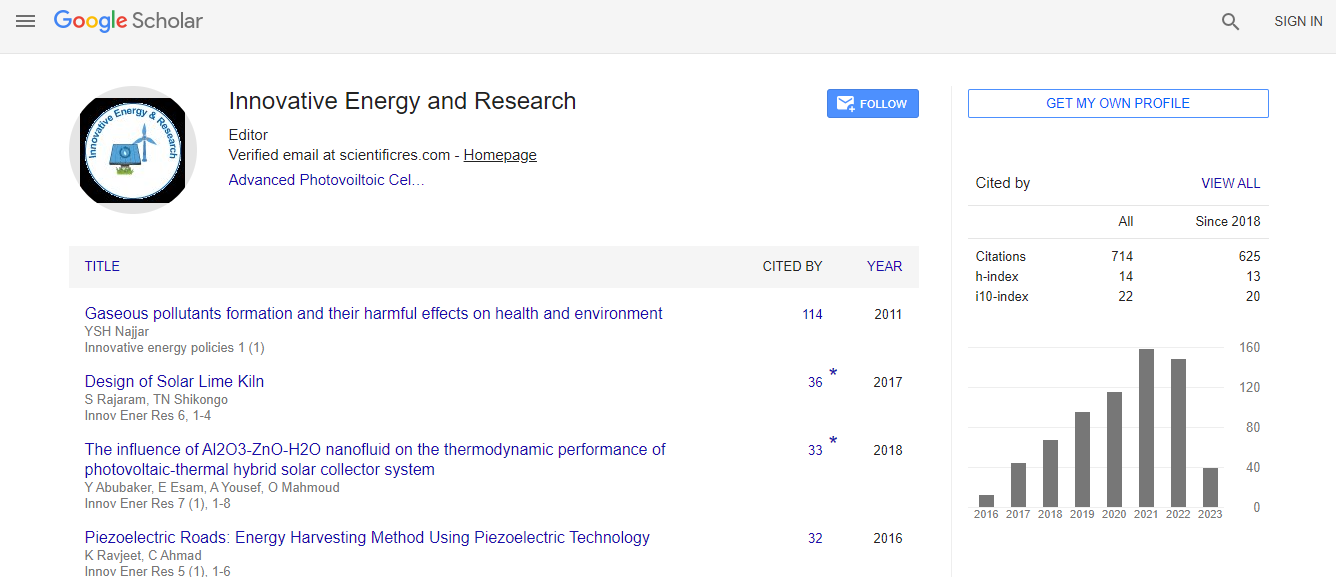Technical and Economic Feasibility Assessment of Hybrid Renewable Energy System at Kenyan Institutional Building
*Corresponding Author:
Copyright: © 2020 . This is an open-access article distributed under the terms of the Creative Commons Attribution License, which permits unrestricted use, distribution, and reproduction in any medium, provided the original author and source are credited.
Abstract
This study focused on the technical and economic feasibility assessment of hybrid renewable energy system for Powering institutional building in Kenya – a case study of the School of Engineering, University of Nairobi. The objective of the research was to determine the optimum hybrid renewable energy system that can supply reliable and affordable power to the School. The load profile of the site was determined using Power and Energy Logger (PEL) with data analysis carried out in DataView software. The total power demand and consumption of the establishment were found to be 84.59kW and 1172kWh/day, respectively. In addition, the wind speed scaled average measured at 50m height, the mean global horizontal solar scaled average radiation and the temperature scaled average were found for this site as 4.76m/s and 5.93kWh/m2/day and 19.90C respectively. Grid/wind turbine/photovoltaic/diesel generator/battery bank/converter was simulated and optimized in HOMER Pro Microgrid Analysis Tool with the total net present cost calculated for 25 years in order to find the lowest cost of energy for the optimum system. The optimum hybrid system, Grid/Photovoltaic/Diesel generator system was found and the system gives COE of Ksh 7.89, NPC of ksh 69,512,100.00, Initial capital cost of ksh 30,264,100.00, a renewable fraction of 71.6%, the simple payback period of six years, discounted payback period of eight years, present worth of Ksh 12,819,300.00, annual worth of ksh 965,700.00, excess electricity generation of 2.48% etcetera indicating that the system is technically and economically viable. The system proved to have reduced the power being purchased from the grid from 100% to 23%, approximately (90kW to 20kW) and reduce the electricity bill by approximately 84%. 9 sensitivity cases were used for sensitivity analysis and the result gave the same configuration except in cases where the sizes and prices of some components were changed. The study had put into perspective the Feed-in-Tariff policy in Kenya, which would allow excess electricity generated by the system to be sold back to the national grid through the PPA policy.

 Spanish
Spanish  Chinese
Chinese  Russian
Russian  German
German  French
French  Japanese
Japanese  Portuguese
Portuguese  Hindi
Hindi 
